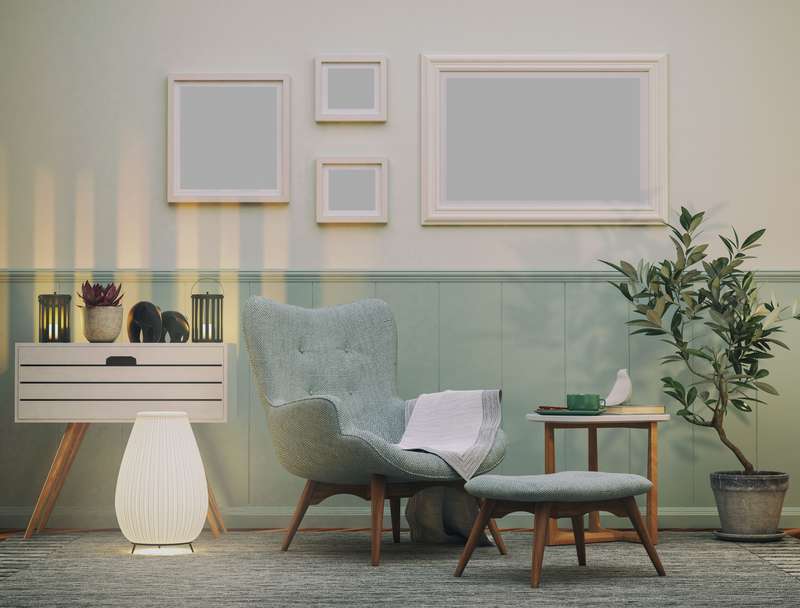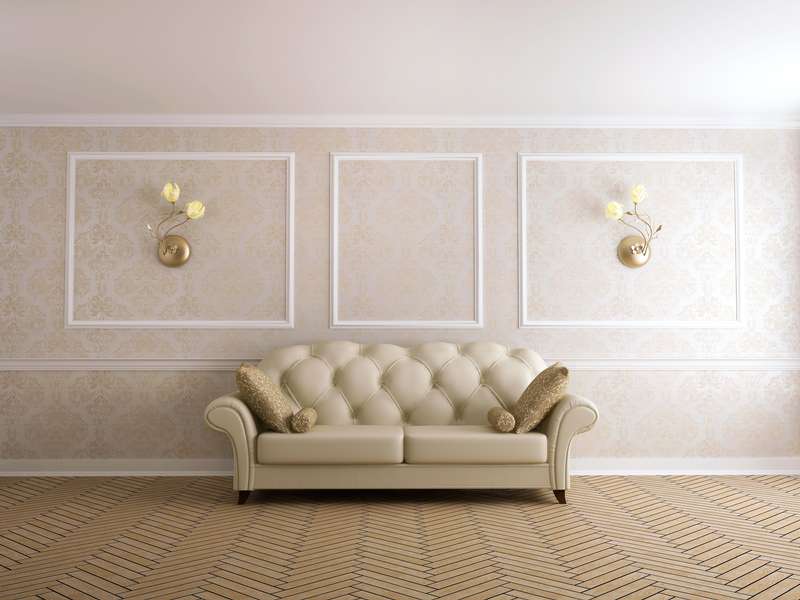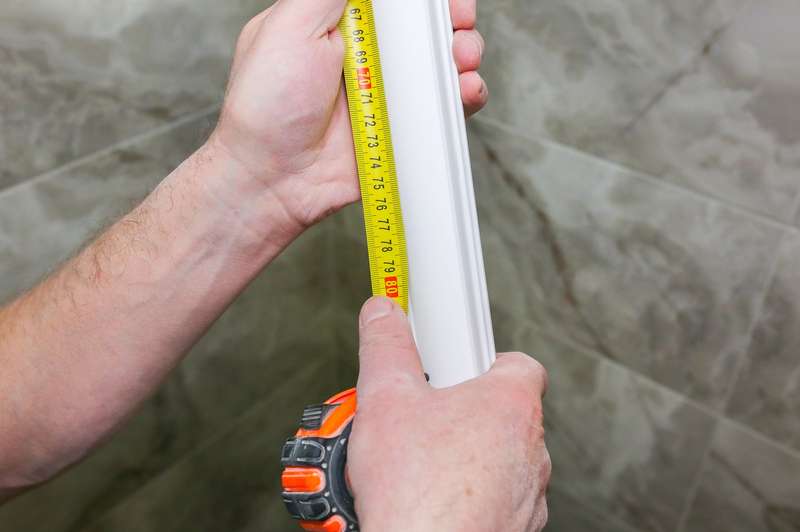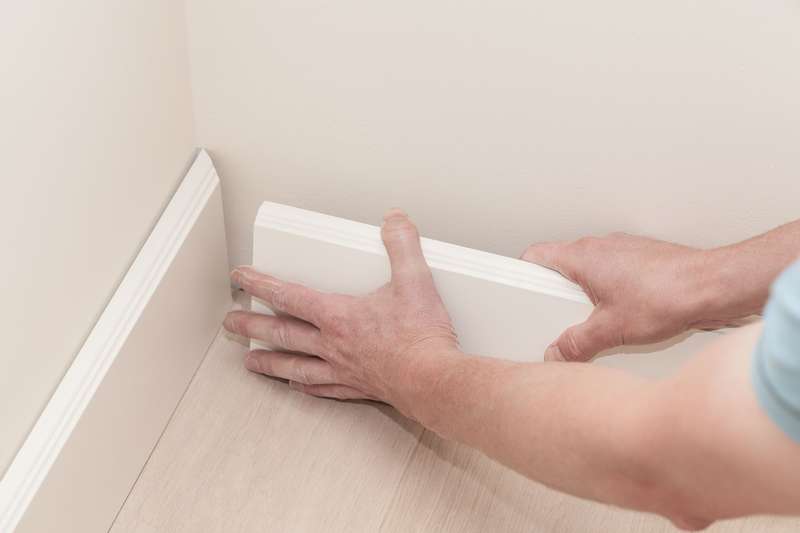
Deco Ideas and Renovations
Mouldings 101: Types, How to Install Them and Decor Ideas
Whether they are practical or decorative, moldings are indispensable in the home. You want to install them yourself? Here are our tips from the pros!
First things first: what are mouldings for?
Around a door or window, mouldings cover up the building bits—like wood beams and not-so-pretty joints. The ones at the bottom of the wall (called baseboards) help hide the gap between the floor and the wall. On top of giving things a neat finish, mouldings also help stop water from sneaking in and keep the bottom of the wall safe from bumps and scrapes.

Some easy wall moulding ideas to try at home
Mouldings aren’t just for hiding stuff—they can be purely for decoration too:
Chair rail: also called mid-wall moulding, this one usually goes up in hallways, about 60 to 120 cm from the floor. It breaks up the wall visually and adds a bit of depth.
Panelling: full-wall mouldings are often seen in old-school houses. But if you paint them in a trendy colour, they can feel fresh again. You can also add mouldings just to the bottom half of a wall—it gives a nice classic look.
Crown moulding: this one goes where the wall meets the ceiling. It brings in some character and even makes the ceiling look higher.
Framed accents: you can use mouldings to frame a section of wall—perfect to highlight some wallpaper or a bold paint colour.
Wallpaper: whether it’s framed, on a half wall or covering the whole thing, wallpaper works great with mouldings like baseboards, chair rails and coves. It’s a budget-friendly, timeless way to upgrade your space and make it warm and inviting.

What to keep in mind when picking mouldings
The width
To choose the width of a molding, go with your personal taste. It will not influence its usefulness. Today’s trend is for a wider size, with square lines rather than curved lines. But if you have a country style décor, a more delicate moulding will harmonize better.
The material
Moldings can be made from a variety of building materials, including vinyl, plaster, polyurethane, wood or medium density fibreboard (MDF). In our homes, it is mainly solid wood and painted MDF that are used. Some companies now offer more eco friendly moldings made of almost 100% natural fibres and recycled materials. Choose them according to your budget!
Appearance : little-know possibilities
The Moldings are usually discreet, painted in the same colour as the wall or in white. But there are some, less known models. For example, those with a brown wood finish, which gives a chic contemporary style. Others are pre-painted and feature a textured colour. Opt for the type that appeals to you and blends in well with your home décor.

How to install floor mouldings?
Wanting to install it yourself? Follow these tips!
Before you start: It's best to paint moldings and walls before installing them to make the job easier. Also, opt for longer mouldings that will limit the joints between them, which is more aesthetic. Also, it is preferable to install your floor before the baseboards to avoid unflattering spaces.
Step 1 : Take your measurements to determine the quantity of moldings to buy. It is wiser to buy 10% more than the calculated quantity, as there will undoubtedly be material losses.
Step 2 : Make your purchases. Go to a hardware store or decorating store - such as some Deco Surfaces retailers - to choose your molding and get the right quantity

Step 3 : Let the moldings acclimate to the room for a few days. In fact, the material may change slightly in contact with the room temperature and humidity level. This step will prevent post-installation shrinking.
Step 4 : Cut the moldings with a miter saw with at least 40 teeth in order to make a clean cut. It is best not to do this task in a small room to avoid the accumulation of sawdust and other dust. If you can, go outside. Since the pieces are likely to be long (the standard length is about 5 meters), install them first on racks to secure the cut. Don't forget to make bevelled cuts so that the pieces fit into each other.
Step 5 : Find out where to start the installation. It is preferable to install your first piece of molding by the inside corners and then move towards the outside corners.

Step 6 : Secure them to the wall. To do this, small, discreet nails (1 ½ inch) are ideal. Do not take them longer than 5 centimeters to avoid piercing the electrical wires in the wall. A hammer can do the job well, but a pneumatic finishing nailer will give a more professional result. A nail - at the top and bottom of the molding - every 30 centimeters is recommended.
Step 7 : If it is a baseboard, add a sealant between the wall and the top of the molding, if desired, for a more beautiful finish.
To help you choose the perfect molding for your home, meet with an expert at one of the Déco Surfaces retailers. Psst! Some stores carry several models that match different decors styles.

